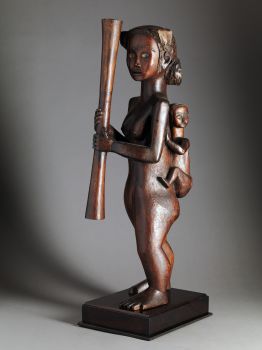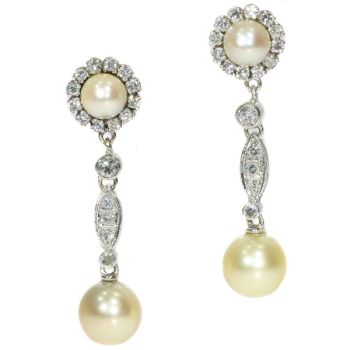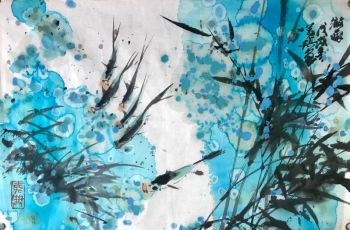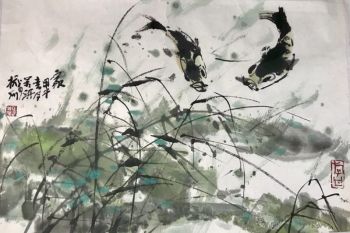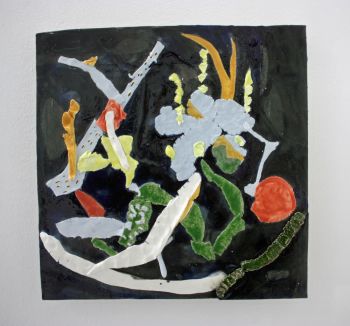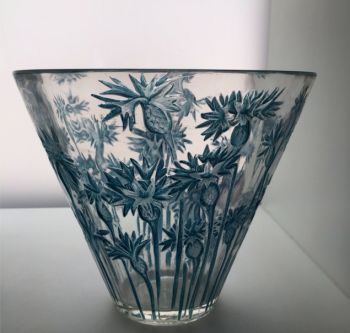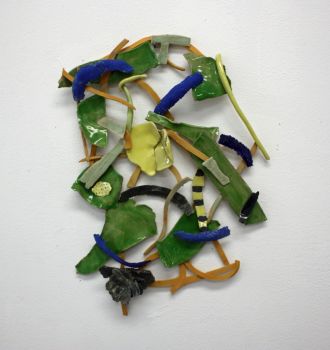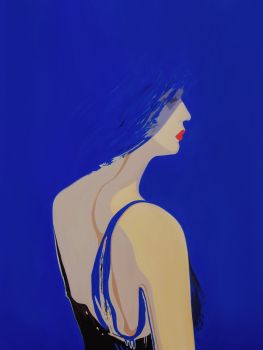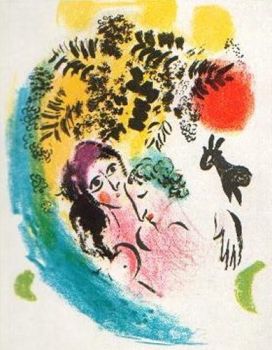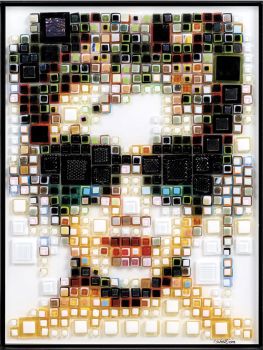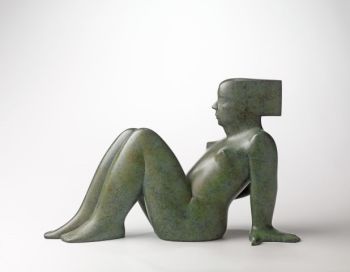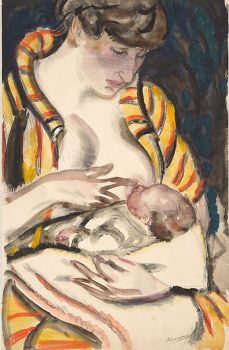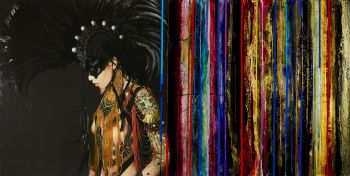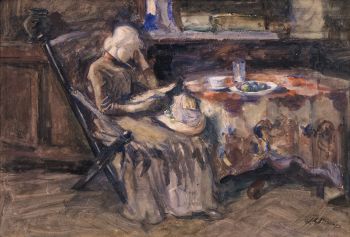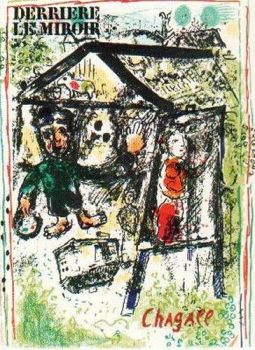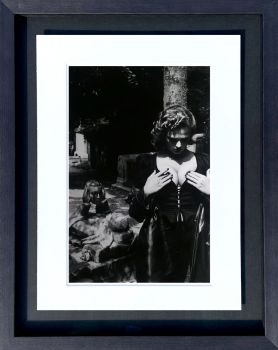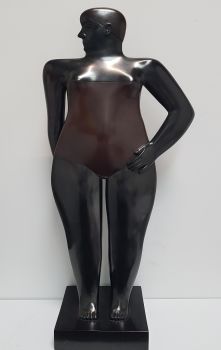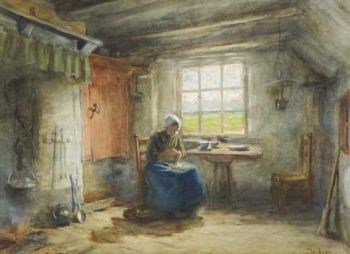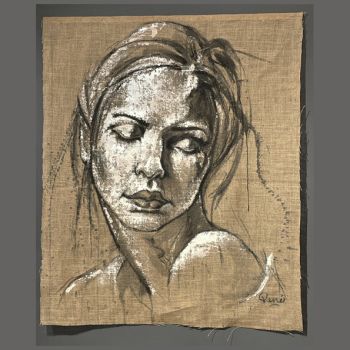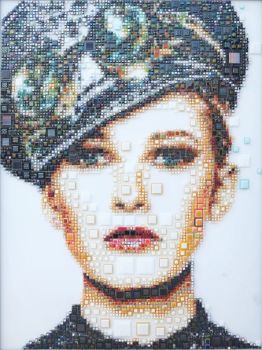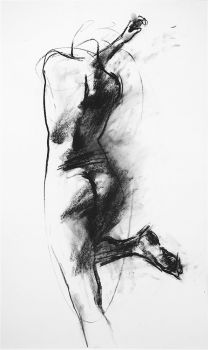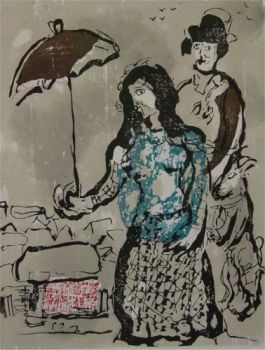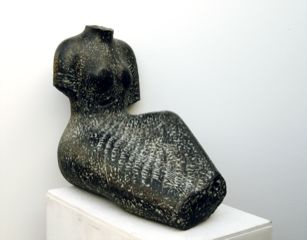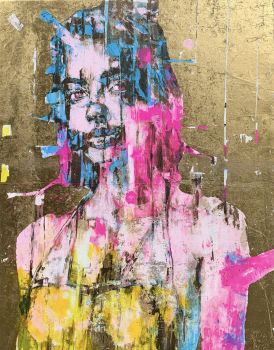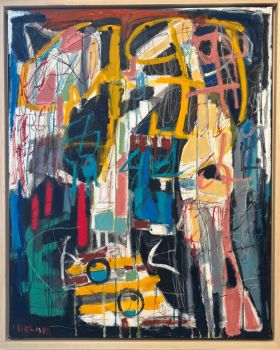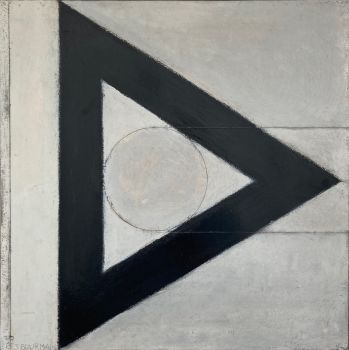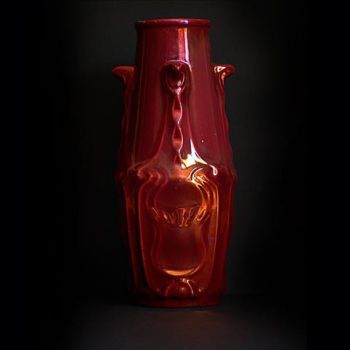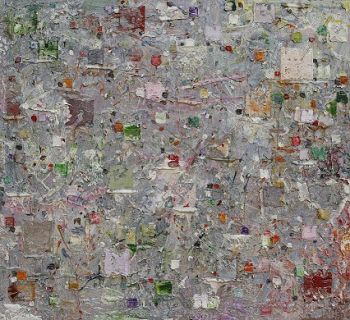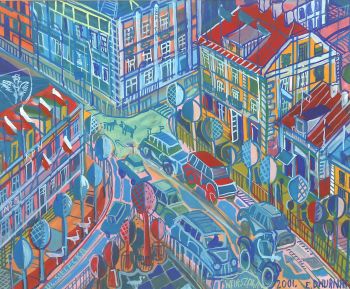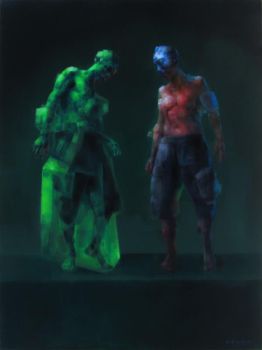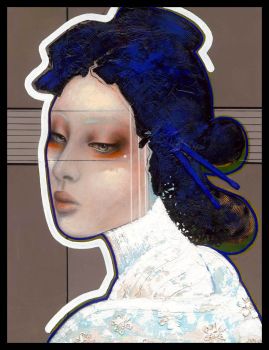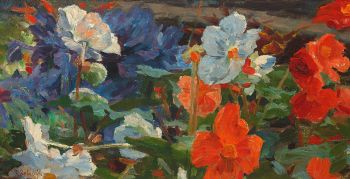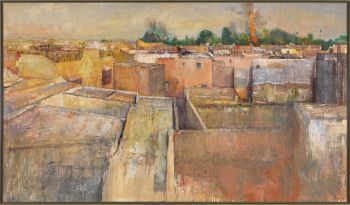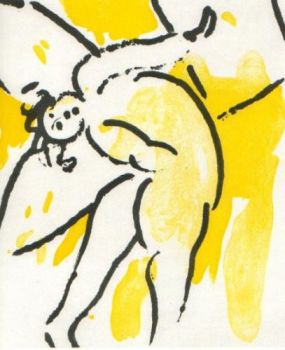Dutch Delft chinoiserie plaque, 18th century 1760
Artista Desconhecido
EsmalteCerâmicaLouça de barroPintar
35 ⨯ 31 cm
ConditionVery good
€ 1.950
Verkoulen Oriental & European Antiques
- Sobre arteA colorful grand feu oval shaped Delft chinoiserie plaque with a Long Eliza, crawl and peony flower decoration, 18th century, around 1760, Delft, Holland.
Dimensions: 35x31 cm.
Probably attributable to the pottery factory 'The White Star / De Witte Ster'.
The word "plaque" has its roots in Latin. It is derived from the Latin word "placa," meaning a flat, thin plate or slab. Antique plaques were especially made for decorative proposes. This particular plaque has a very unusual shape because the oval form has sharp ends looking like accolades. In this shape we can see the influence of the Rococo style. This style can be recognized by asymmetry and curved lines and had its main impact on interior decoration and applied art in Europe between 1730 and 1760.
The decoration is inspired by the Chinese Qianlong porcelain (1735-1796). The Long Eliza, crawl and peony flower are located in a typical Chinese fenced garden with rocks. In the second half of the 18th century these decorations became popular for especially the design of plaques. This can be explained by the influence of the Rococo style which typically displays lighthearted and elegant scenes.
The object has a striking color scheme. We can mainly see the red, yellow and deep blue but also a soft green, manganese (purple) and lighter blue. The use of this color scheme indicates a great craftmanship because of the time-consuming baking processes that was necessary to realize the result.
This plaque can probably be attributed to the pottery factory 'The White Star / De Witte Ster'. A similar decorated example has been auctioned in 2018, with the mark of this factory on her back (which is also a star)
Condition: good condition, minimal damage to the edge which is usual for Delft pottery. No defects or restorations.
Reference: A similar example but with another border is in the collection of Musée Ariana, Ville de Genève (inventory number; AR 2007-146-2). This work features on the cover of the book (and exhibition) of Anne-Claire Schumacher “La donation Clare van Beusekom-Hamburger, Faïences et porcelaines des XVIe-XVIIIe siècles” 2010.
For comparable examples see:
-Christies 13 November 2019, Live auction 17185 ‘The Collector: European and English Furniture, Ceramics, Portrait Miniatures & Works of Art’, Lot nr. 139.
-Christies 24 June 2020, Online auction 19597 ‘Arts from the kiln: ceramics through the centuries’, Lot nr. 18. - Sobre artista
Pode acontecer que um artista ou criador seja desconhecido.
Algumas obras não devem ser determinadas por quem são feitas ou são feitas por (um grupo de) artesãos. Exemplos são estátuas dos tempos antigos, móveis, espelhos ou assinaturas que não são claras ou legíveis, mas também algumas obras não são assinadas.
Além disso, você pode encontrar a seguinte descrição:
•"Atribuído a …." Na opinião deles, provavelmente uma obra do artista, pelo menos em parte
• “Estúdio de…” ou “Oficina de” Em sua opinião um trabalho executado no estúdio ou oficina do artista, possivelmente sob sua supervisão
• "Círculo de ..." Na opinião deles, uma obra da época do artista mostrando sua influência, intimamente associada ao artista, mas não necessariamente seu aluno
•“Estilo de…” ou “Seguidor de…” Na opinião deles, um trabalho executado no estilo do artista, mas não necessariamente por um aluno; pode ser contemporâneo ou quase contemporâneo
• "Maneira de ..." Na opinião deles, uma obra no estilo do artista, mas de data posterior
•"Depois …." Na opinião deles uma cópia (de qualquer data) de uma obra do artista
• “Assinado…”, “Datado…” ou “Inscrito” Na opinião deles, a obra foi assinada/datada/inscrita pelo artista. A adição de um ponto de interrogação indica um elemento de dúvida
• "Com assinatura ….”, “Com data ….”, “Com inscrição ….” ou “Tem assinatura/data/inscrição” na opinião deles a assinatura/data/inscrição foi adicionada por outra pessoa que não o artista
Você está interessado em comprar esta obra de arte?
Artwork details
Related artworks
- 1 - 4 / 12
- 1 - 4 / 5
- 1 - 4 / 24
- 1 - 4 / 24
- 1 - 4 / 24
- 1 - 4 / 8










